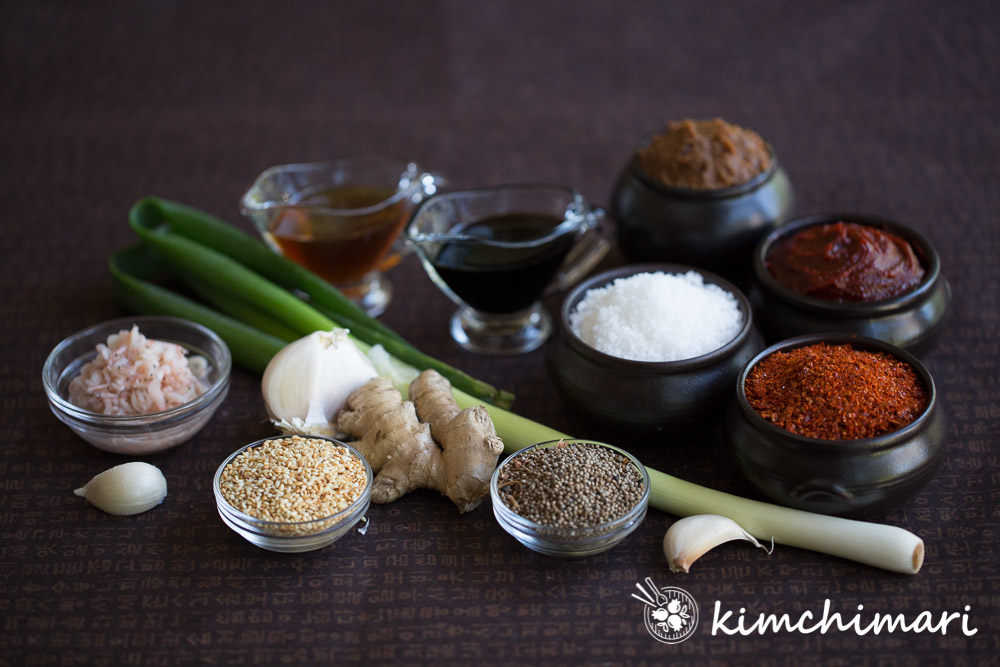
Essential Korean Cooking Ingredients and beyond
I was recently asked by a college-bound student what basic ingredients he needed to buy to start cooking Korean food. And I remembered I wrote a post when I first arrived in Korea in 2012 about what I needed to buy to get my kitchen ready for Korean cooking. And the post about Korean Seasonings was written. But that the post was in order to stock a full Korean pantry.
For a college student, this Basic Korean pantry – list of essentials is probably lot more useful and fitting. It is the minimalist version of my Korean seasonings list plus a few items you will want to have to make stock and other dishes.
- absolute essentials – I picked these as the minimal MUST-HAVE list for college students or for people who just want to cook Korean food on rare occasions and have no interest in really delving into the cuisine.
- essentials – this list is the GOOD-to-HAVE list of essential Korean cooking ingredients that basically make up the 26 ingredients below. This list will allow you to cook most recipes on my site.
A short discussion about how Korean flavors are developed and what I feel is special about Korean cooking. In Korea, we talk about – “Gamchilmat/Kamchilmat (감칠맛)”. Gamchilmat is a savory taste that really cannot be explained by the usual 4 flavors of sweet, sour, salty and bitter. The word Gamchilmat/Kamchilmat actually means a taste that pulls you in, in other words, it’s a captivating flavor. It’s a flavor that once you are hooked in, you can never forget and will bring you back for more.
26 Essential Korean Cooking Ingredients List (including 14 Absolute Essentials)
** NOTE — I will link to my fav. items in my Amazon store if available. Note, I will earn a very small commission when you buy. Also, the price on Amazon is mostly higher than one at Korean grocery stores so buy it only if you don’t have a store to go to. And prices keep changing on amazon so while I try to find the lowest price, it may be good to search before you buy in case there’s something that’s lowered priced.**
2 Korean Oil and Vinegar (absolute essentials):
- Sesame Oil (Chamgireum 참기름). Koreans use roasted sesame seed oil which has more flavor than the non-roasted version. So try to use Korean or at least Japanese sesame oil rather than others. I use it to flavor sauces, dressings and namul. The fragrance of sesame oil gets weak with cooking so if you want to make the most of it, use it as a last-minute drizzle rather than for sauteeing/pan-frying (sesame oil is also too expensive to use as everyday cooking oil). Buy Online
- Rice Vinegar. I use Brown Rice vinegar (Hyeonmi Sikcho 현미식초) but just any rice vinegar is fine. Buy Online

3 Korean Spices (absolute essentials):
- Korean solar sea salt (천일염 cheonilyeom) – see my K Ingredients page for more info on this unique Korean salt. This salt is especially important for Kimchi making. If not making Kimchi, you can substitute any other good quality sea salt or even Kosher salt. Buy Online
- Gochugaru/gochukaru (고추가루) or red chili powder (coarse) – Korean chilis have a sweet flavor that’s different from other chilies and also Korean ones works best for Kimchi so buy a Korean one if you can. Look for Product of Korea. Buy Online
- Roasted Sesame seeds (볶은참깨) Bokkeun Cham Kkae – just like sesame oil, Koreans like to roast sesame seeds which brings out the nutty flavor even more. I love adding sesame seeds to everything and sprinkling on top of a dish as a finish. Buy Online
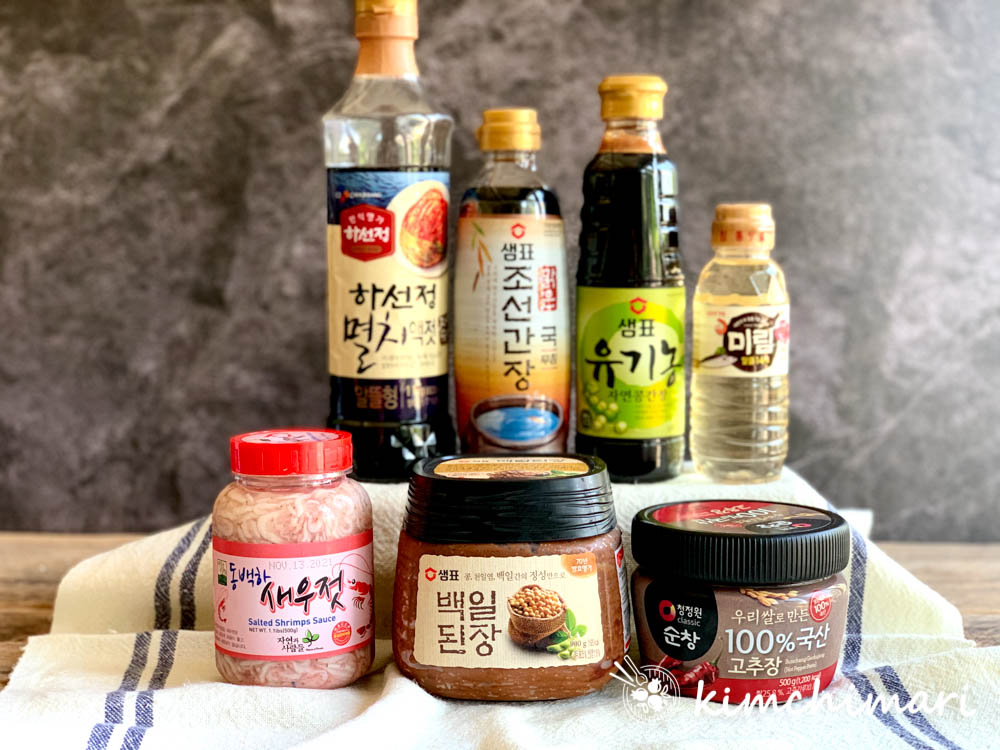
7 Korean Condiments/Sauces and sweeteners (3 absolute essentials)
** The first 1 to 3 are absolute essentials.**
- Jinganjang (진간장) or dark soy sauce – absolutely essential for BBQ marinades, jorim and bokkeum. Can use Kikkoman soy sauce instead of a Korean brand. For gluten-free soy sauce, use Tamari or one that says it’s gluten-free as most soy sauces are not gluten-free. Buy Sempio 701
- Gochujang (고추장 red chili paste) – fermented red chili pepper paste that is a spicy cousin of Doenjang as it’s made with the same fermented soybean block Meju. I use it for marinades, bokkeum, sauces and most importantly for Bibimbap! Sorry, no substitutes. Check out my how to make gochujang recipe post if you want to make your own. BUY
- Cooking rice wine (미림 mirim)- Mirim is a Korean cooking wine usually made from rice. I use it a lot in my cooking – anytime you want to neutralize fishy or gamey taste from meat or seafood and also to add a mild and subtle sweet flavor that’s not in your face. Great for meat marinades, jorims and sauces. ** I somehow had a hard time buying this recently, perhaps it’s considered an alcohol drink and cannot be easily imported from Korea? If you can’t find it, just use Kikkoman cooking sake – this is actually what I use a lot because it’s easier to buy and I like that it’s not as sweet as mirin and also because mirins all have corn syrup as #1 ingredient in them. Substitute Japanese mirin, cooking rice wine, cooking sake OR white wine + sugar or white grape juice with a little vinegar. Buy Korean Mirim or BUY SAKE
- Doenjang (된장) Soybean paste – cooked soybeans are fermented in salt over months to produce this wonderful umami packed paste. It’s salty, earthy and funky. I use it for doenjang guk, jjigae and sometimes for namul. It’s somewhat similar to miso but Korean Doenjang has a stronger more complex flavor so it’s just not the same. BUY
- Guk Ganjang (국간장) or soup soy sauce – flavors soups, jjigae, namul with umami or gamchilmat 감칠맛. Adds great depth of flavor. If you are seriously into Korean food then this is a must have. If you feel like a jjigae, guk or namul is missing something and is not salty enough, this may be what you want. Substitute a little fish sauce + soy sauce. BUY
- Saewoojeot(새우젓) fermented shrimps – these are tiny baby shrimps that are fermented in salt over months. It adds saltiness to dishes but also adds extra umami taste that you just cannot get with other ingredients. I use it for some Kimchi recipes (not a must) and soft tofu jjigae but my favorite way is to use it as a condiment for pork belly gui or bossam.
** Mulyeot 물엿 (Korean corn syrup) – I know it is a very commonly used ingredient in Korean cooking (especially in our parent generation) but I personally don’t use Mulyeot (corn syrup) but use honey or maple syrup instead and thus it’s not in the list because I believe you can totally cook Korean food without mulyeot and in many cases, I like using honey and maple syrup better. I also think mulyeot has a tendency to harden like a rock when cooked improperly while maple syrup never hardens and so that’s another reason why I like to use maple syrup and honey in lieu of mulyeot – especially in jorims.
But you are welcome to buy and use corn syrup if you’d like. It does add a great sheen to a dish, thus Korean restaurants use it a lot. FYI, traditionally, Koreans used Jocheong 조청 which is a rice syrup made from rice and this is totally a good alternative to mulyeot or maple syrup.
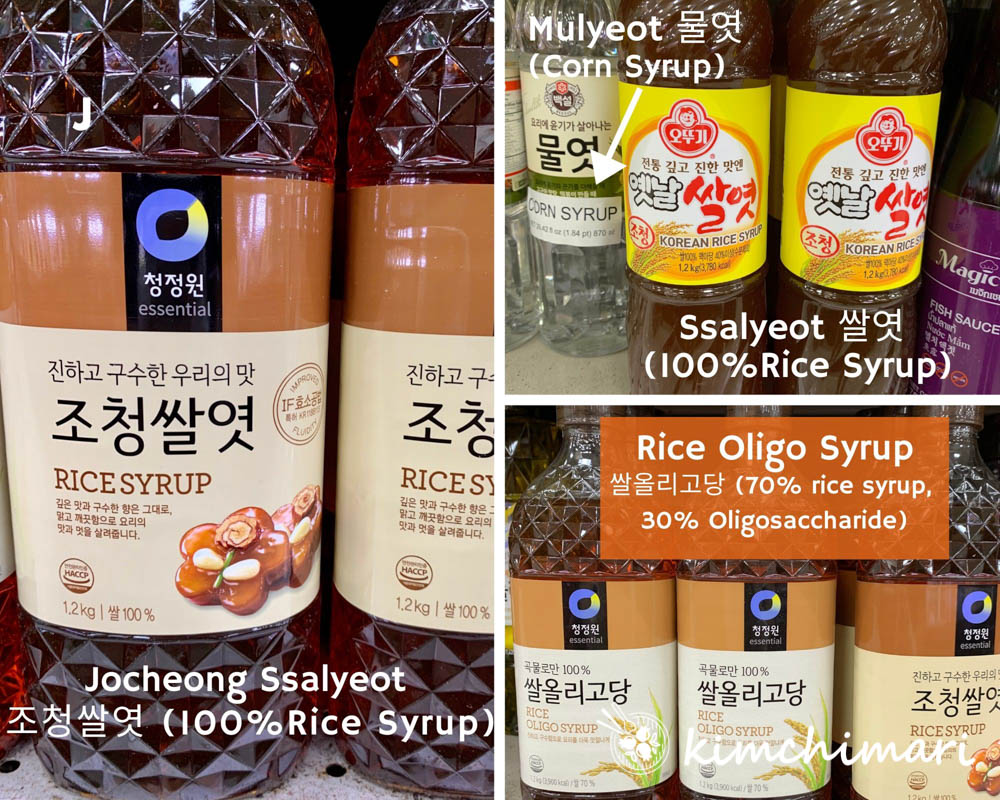
In the picture above, the left Jocheong Ssalyeot and the right top Ssalyeot are both 100% rice syrups and are good ones to buy. Just to show you, I did note the Mulyeot (corn syrup) bottles on the top right picture. BUY RICE SYRUP
Finally, the bottom right one is a new one that I have not seen before, it’s a Rice + Oligosaccharide syrup. If you don’t mind Oligosaccharide syrups, this one may not be bad but I have not personally used in cooking so not sure how it works but I assume it will be the same.
7 Dry or canned pantry items:
** The first 2 (rice, gim) are absolute essentials.**
- Short Grain Rice (쌀 ssal) – sushi rice is also fine. A Korean meal almost always has rice unless noodles are the main dish. I will try to write another post about Korean rice but basically, Japanese Sushi rice and Korean short grain rice are pretty much the same. I couldn’t find a good Korean rice online so here’s one that you can buy that will be also good.
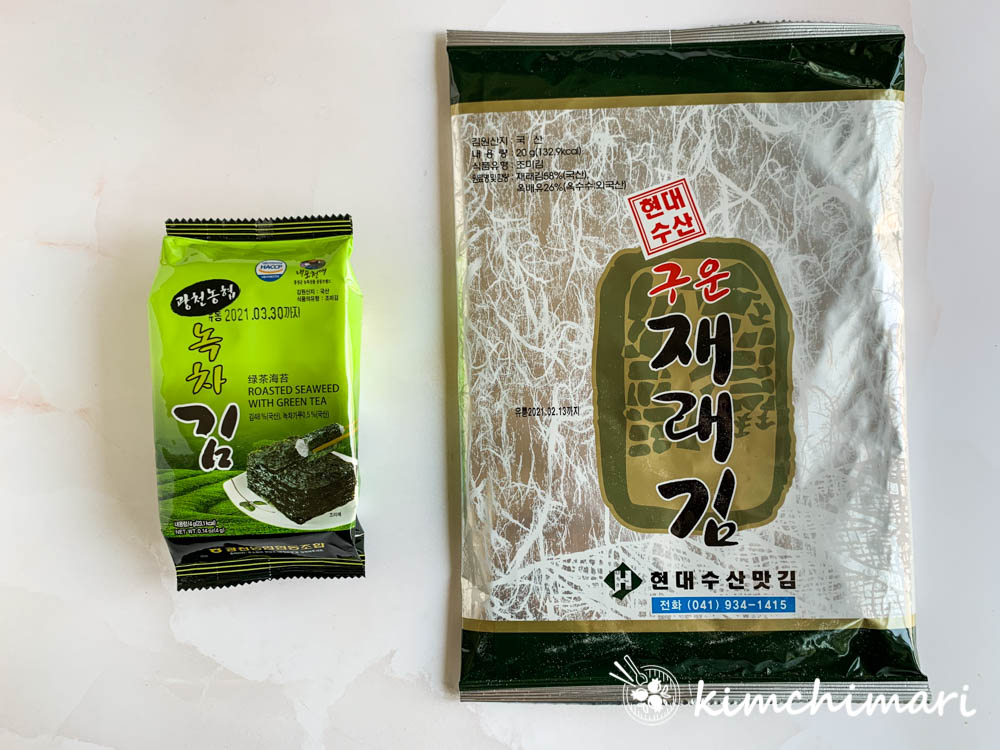
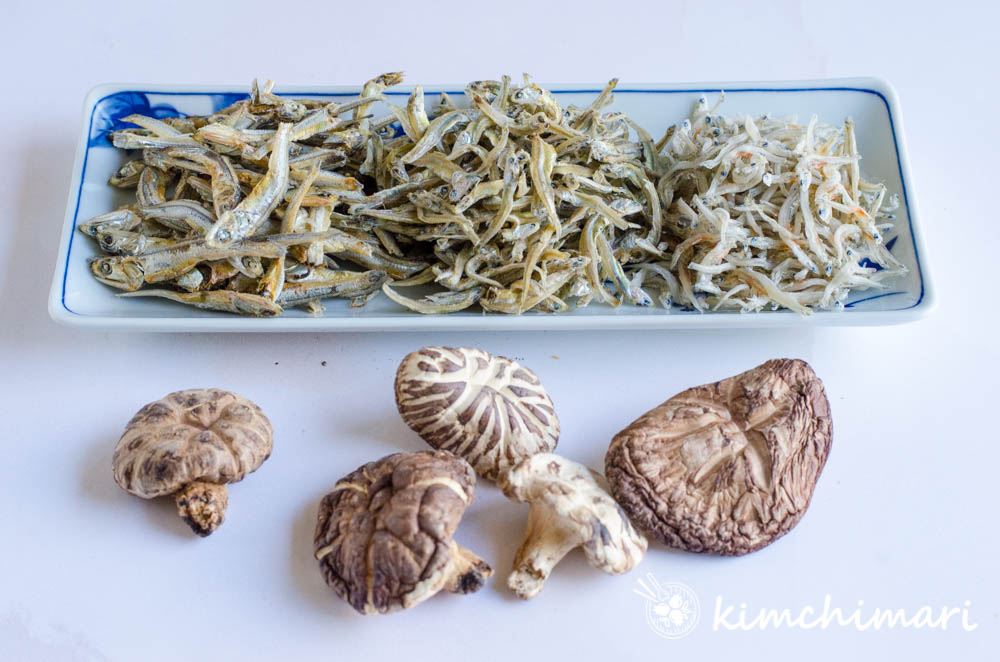
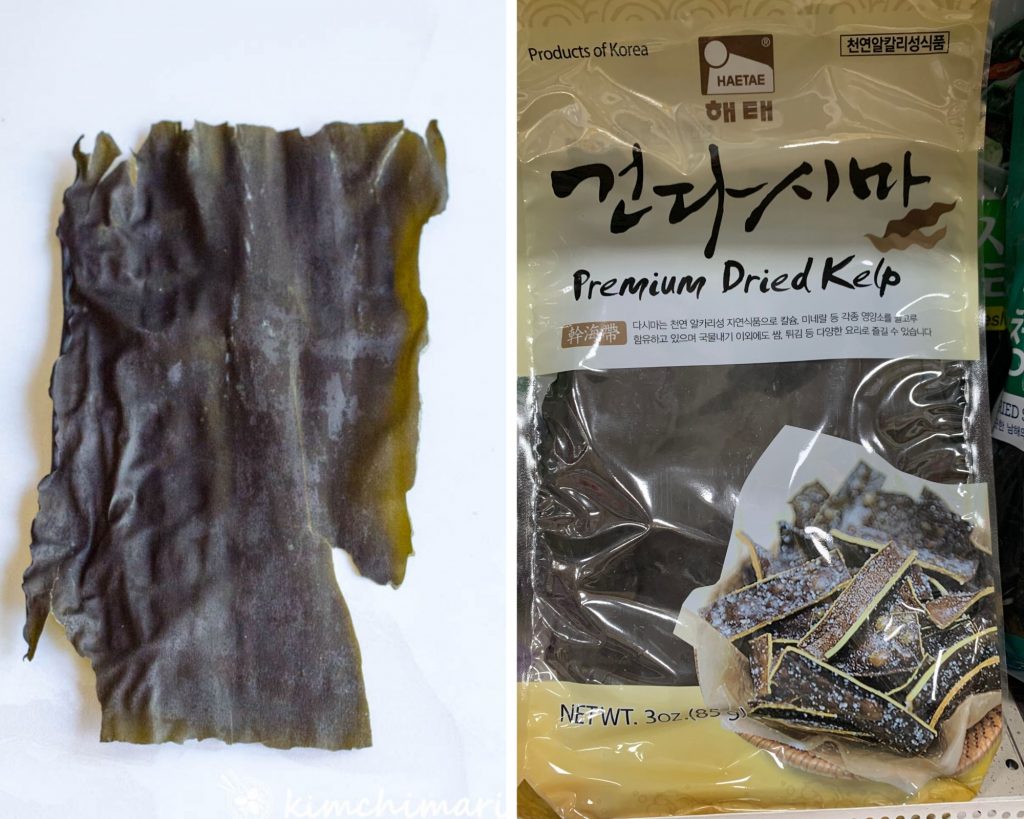

BUY some them in my Amazon Noodles category.
7 Fresh Produce and Fridge Staples:
** The first 4 (garlic, ginger, green onions, tofu) are absolute essentials.
- Garlic (마늘 Maneul) – Koreans love to use garlic but you can always adjust to your liking. Check out my garlic tip if you don’t want to peel and chop garlic every time you cook. BTW, not all Korean dishes have garlic in them – in fact, Korean temple food never has any garlic in the dishes. This Vegan Kimchi has no garlic in it.
- Ginger (생강 saengkang) – ginger is not used as much as garlic but is essential in some dishes, especially pork recipes. Again, Korean temple food does not use ginger in their recipes.
- Scallions/Green Onions (파 Pa) – definitely an essential part of Korean cooking, green onions are used to flavor broths but also often used as fresh garnish on dishes, adding great freshness to meaty soups and namuls. The traditional Korean Daepa (Big green onions) are used often by Korean cooks but is not absolutely essential but some type of green onions or scallions are a must in Korean cuisine.
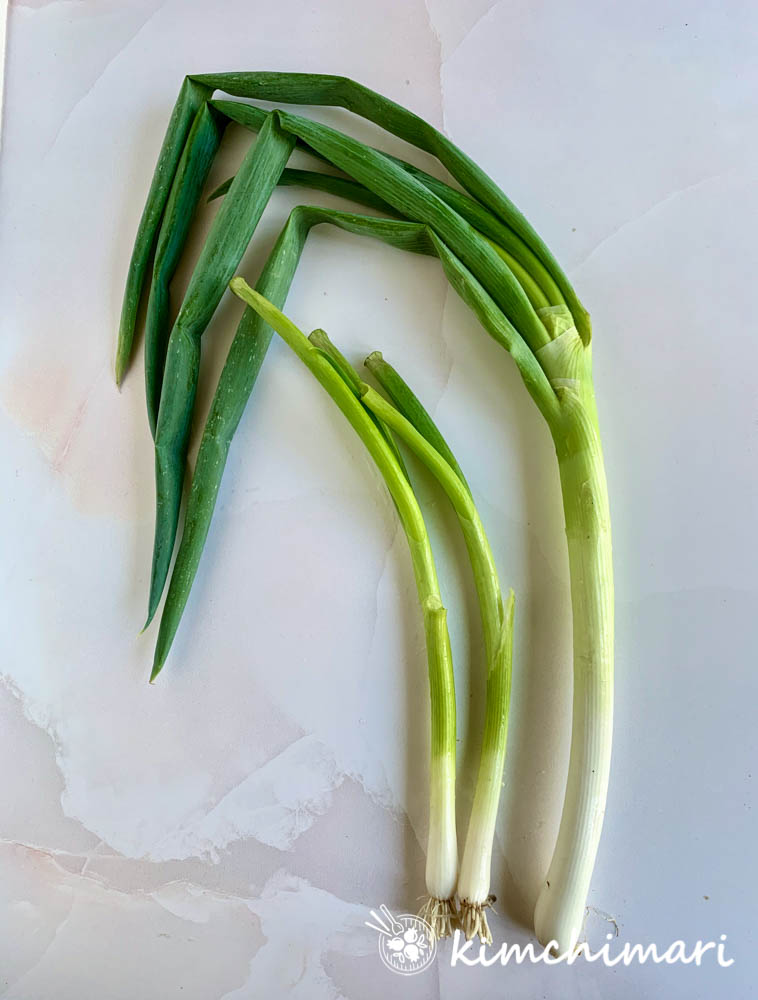
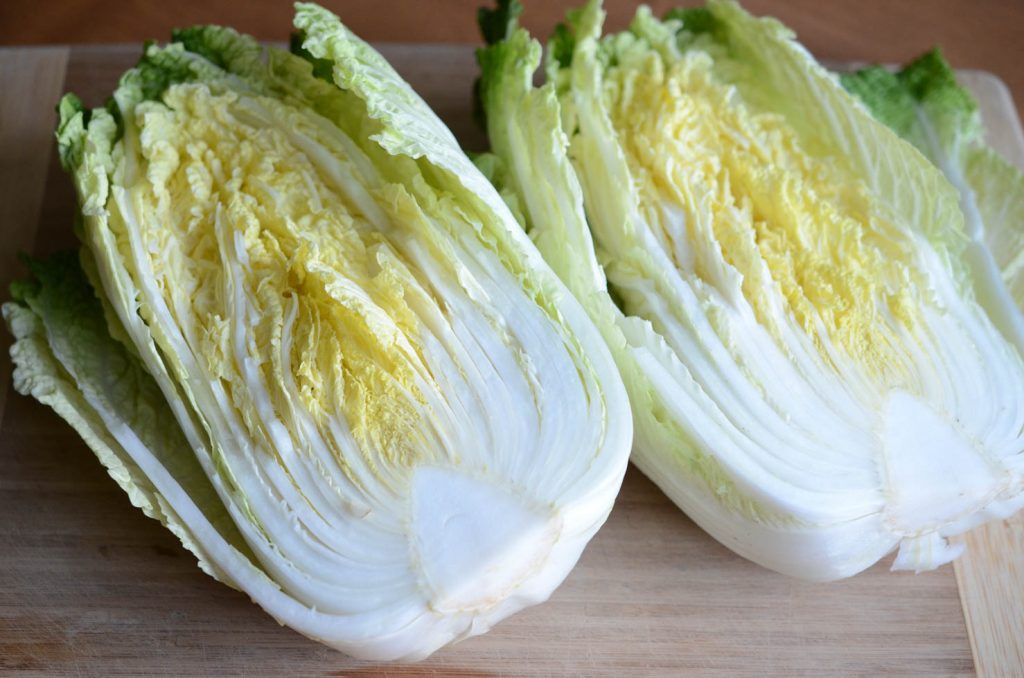

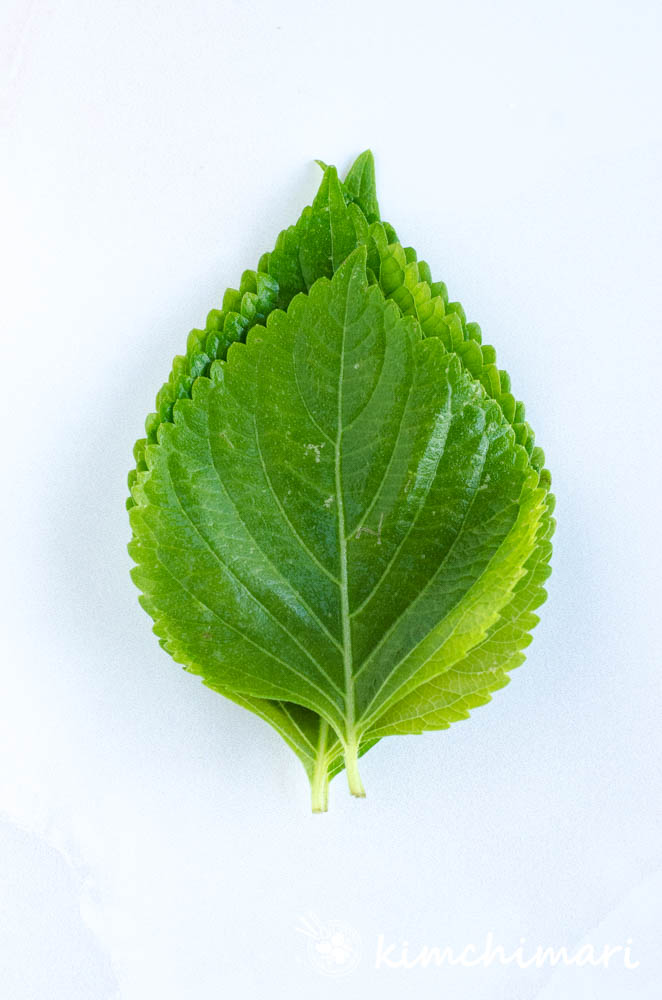
Japanese Shiso belongs to the same genus as Perilla, I find the flavor profile to be quite different. I find Japanese shiso is lot stronger in flavor with very strong anise and cilantro flavor which doesn’t seem to work well with Korean food. So, I would say Shiso is NOT a good substitute for Kkaennip. If you cannot find Perilla, you can try basil in some cases or perhaps a mix of mint and basil may work better. If you want to know what dishes use Perilla, here’s a post that shows 10 ways to use Perilla in Korean cooking.
- See my Korean Seasonings post for more complete and comprehensive discussion of Korean seasonings.
- See K Ingredients post for more in-depth information about each Korean cooking ingredient, including beef and pork cuts.
Thank you and Happy Cooking!
If you just want to browse items online, VISIT MY AMAZON STORE.
JinJoo
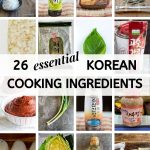
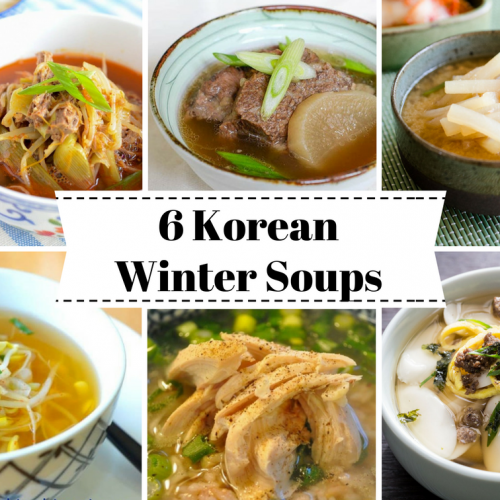
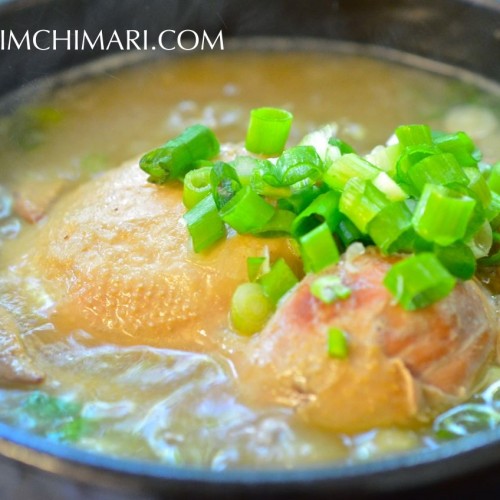
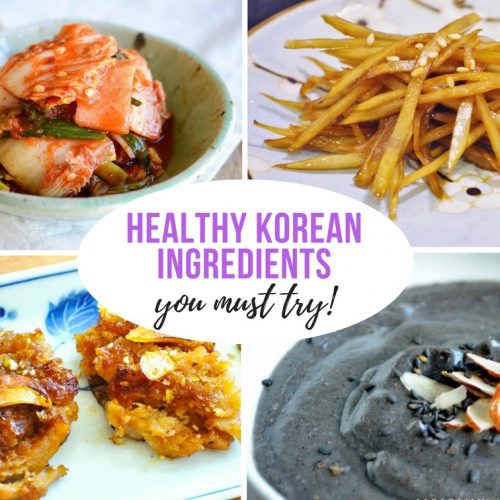

















Thank you so much for your wonderfully written blog. I love reading the recipes and your stories. The photos are much appreciated as I know what my finished product should hopefully look like.
I’ve used many of your recipes already and enjoy coming back in my free time to see whats new or what I may have missed.
Thanks again also the Korean pronunciations are fun to memorize and try to pronounce.
Keep up the Good work.
Hi Romona,
You have no idea how much your comment means to me. I appreciate it so much and it is such an encouragement to hear that you enjoy my recipes, stories, photos and all! I always wonder if anyone reads my stories whenever I write… but knowing that there are people out there who appreciate the effort I put into my posts makes it all worthwhile. Bless you for taking the time to let me know. Thanks so much and take care.
Thank you for a most lucid, helpful and clearly written blog. A question about prepared packaged dashida: when I look at packaged Hon-dashi packs, the most common brands show glucose, sugar, salt, etc. as the main ingredients! There are certainly better quality packaged dashi in Japan but not readily found everywhere in the US.
Such dashi powders are undeniably easier to use than preparing good dashi each time one cooks. Even then, only kombu + Shiitake dashi can be called accessible to most , owing to the extravagant price of truly good katsuoboshi.
Korean dashida is less daunting to make, although the better quality anchovies are now touching $17-20/lb where I live. Still better than the Japanese katsuoboshi, since only a few are needed, along with kombu squares and a few shiitake, plus stuff. However, using packaged dashida is tempting. I have never used them but seen them in stores. What do you say? Thanks.
Well, thank you for the compliments!! So it’s not totally clear to me whether you are asking about the very common powdered Korean dashida which usually comes in beef flavor (소고기 다시다) or some of the more newer products that are called “natural” dashida which is usually a combination of anchovy and shitake powders. If you are talking about beef dashida or something similar, you will find that it also has a lot of MSG – which I do NOT recommend. But you can also find many healthier versions called 천연다시다 (chonyeon dashida) which will not have MSG and other natural products. These, you can certainly use. It may not have as deep flavor as the slow dashi but it should be good enough. Try finding dashida made by Pulmuone or Chung jung one, they probably won’t use MSG. If you have question about a particular product, just ask me again.
You can also make your own and freeze for later use. Just grind dried anchovies/shitake mushrooms/dried shrimp and add powder to your liquid. Hope this helps! Thanks!
Thanks, I’ve just bookmarked this list. I’m planning on getting more fluent in Korean cookery, as it is just so tasty (and there’s no longer a nearby Korean restaurant).
Great! I’m glad that you like Korean food! Let me know if you have any questions, anytime! Thank you
Oh, JinJoo – I’m so sorry that we missed connecting! I never got anything about cooking classes – I assumed you were still settling in and not ready or had found another place. Are you still interested? If so, I will contact my friend and see what can be worked out. They are at http://offthestreet.biz/ They’ve gone through some changes (it’s not easy, starting a restaurant) but they are closed Sunday and Monday and presumably we could work out something about using the kitchen. I’m not sure what financial arrangements could be made, but if they can make any money here eventually, I know that would be welcome.
Please email me directly at judith@mopalia.net – I don’t think that the reply to posts always gets forwarded. I also clear out subscriptions to old posts from time to time, so that might have been the problem. And if you don’t get a reply there. I always monitor (all day, every day!) judith@digitalgamemuseum.org, so that’s a good backup.
And thank you for the good advice about ingredients – I’m glad to know that I am not deluded here! It was a big tub but on sale (no wonder!) so I am going to just toss it. I will look for 양평된장 (did you know I keep my shopping lists in Hangul? My phone is bilingual – sadly, I’m not.) I love the idea of getting some shipped from Korea – do you have any idea how much that would cost? My son just bought me a new computer for my birthday, so I’m out of luck until Christmas present time, but unless I need a new phone, this would be great – he’d also like the idea. He and his wife took me out to dinner last week at Shu’s Korean Restaurant and had a great time.
I”m looking forward to hearing from you! I’m so sorry we missed connecting.
Great list!
Think I have most in my cupboard although have to confess I always use one soy sauce for everything…
I also use apple vinegar quite a lot for making dipping sauce for dumplings etc.
Thank you! Oh, for most of the things you make for doshirak I think one soy sauce should work just fine. And thanks so much for mentioning vinegar!! I was going to mention something about that so…